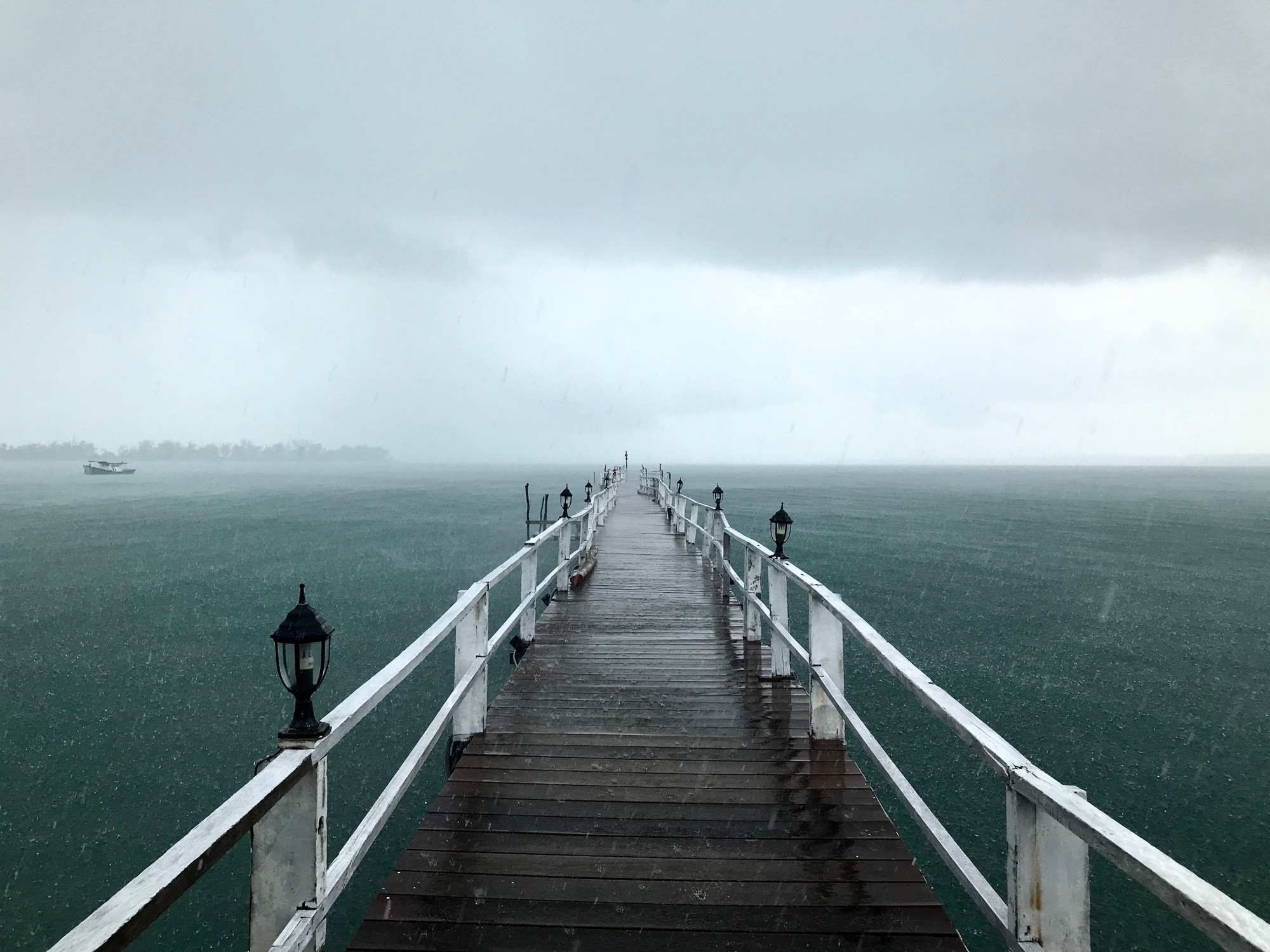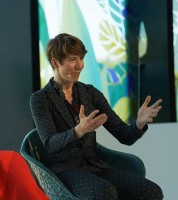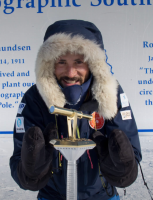It is no secret that, as an insurer, AXA has a lot to gain in better understanding winter storms, those that affect temperate countries: indeed, winter storms are a leading cause of damages in Europe, which represented in 2018 60% of AXA’s revenue. The associated losses can occur both through heavy rains and strong winds.
The AXA Research Fund supports Prof. Joaquim Pinto’s Chair in Regional Climate and Weather Hazards at KIT (Karlsruhe Institute of Technology), a leading German institution in meteorological and climate science. Prof. Pinto’s research is focused on better understanding and predicting the occurrence of extreme weather events, as well as their possible variations in frequency and intensity, linked both to natural variability and a changing climate.
While current climate models are useful to give broad, global, long-term previsions, it can be difficult to translate the identified trends into applicable, practical knowledge for the near future. Compared to pre-industrial levels, global climate models tell us that tomorrow’s climate will be at least 2° hotter on average, and that extreme weather events like windstorms and heavy rains, might become more intense or more frequent by the end of this century. But from the point of view of a local or regional public decision maker, like a Mayor, this type of information is too unspecific and too far away in time to command action.
Prof Pinto explains: “Science is currently very good at predicting weather at the local level very short term, like hours to a few days, or climate in very long term, like a few decades. What is still difficult to predict is the time in between those extremes, namely on the seasonal to decadal scales”. He adds “One of our goals is obtain medium-term predictions at the local level that are useful for politicians and policy planners”
As part of his AXA Chair research program, Professor Pinto has been contributing to the German project “Miklip – decadal climate preditions”, a project whose goal is specifically to develop a prediction system for a ten years horizon, with the granularity of a few square kilometers. Initiated by the German Federal Ministry of education and research, the MiKlip project focuses both on offering better meteorological predictions through collaborative research, associating 16 universities, research institutions and federal agencies, and on transferring those research findings onto the German weather service for practical use. The ultimate goal is to inform policy-making and prevention measures by offering more precise, relevant models.
For example, while it is common knowledge that globally, average temperatures are rising, “but concretely, in the next five summers, how many heatwaves will you see, right in your town or village? How many drought periods? We know there will be probably more extreme weather events, but what policy makers want to know is: how many extra bags do I need to purchase to salt the roads in my city next winter?”, breaks down Prof. Pinto. He has been developing with his colleagues at KIT improved models to better translate, at the local and regional level, the global climate trends into actionable predictions.
Another important aspect is the interactions with and dissemination of results to stakeholders, particularly in the insurance industry. For example, Prof. Pinto and his team were the main organizers of the 7th European Windstorm workshop in 2018, a 2-day event that gathered 60 participants from 10 countries, of which over a third of participants came from outside the academic world, such as insurers and consulting companies. Dr. Madeleine Sophie Déroche, Head of Natural Perils R&D and Model governance within AXA’s Group Risk Management P&C department, was part of the workshop’s organization team and lead one session. “Since the beginning of the Chair, we have had regular meetings with Prof Pinto, either at AXA or at KIT, to share expertise and get his first-hand account of latest research,” Dr. Déroche explains. “His academic challenge on our modelling approaches is key to defining our own view of the risk and ensuring solid scientific grounds to our stochastic models.”
Most recently, on February 27th and 28th 2019, AXA’s NatCat (Natural Catastrophes) teams organized a workshop with Prof. Pinto at AXA headquarters in Paris. Sessions dealt with topics such as clustering of European winter windstorms (a phenomenon where two or more windstorms hit an area in a short period of time, causing a lot of damage to an already fragile area), hail modelling and stochastic weather generators. Key objectives of the seminar were to get a better understanding of weather-related modelling issues and to keep AXA activities, such as stochastic model development and evaluation, weather impact monitoring and pricing, at pace with state-of-the-art research. Overall 30 AXA experts coming from 7 departments participated to the event.
More information about Prof. Pinto’s research program is available on his project page.
Photo : @photobyte_sm



